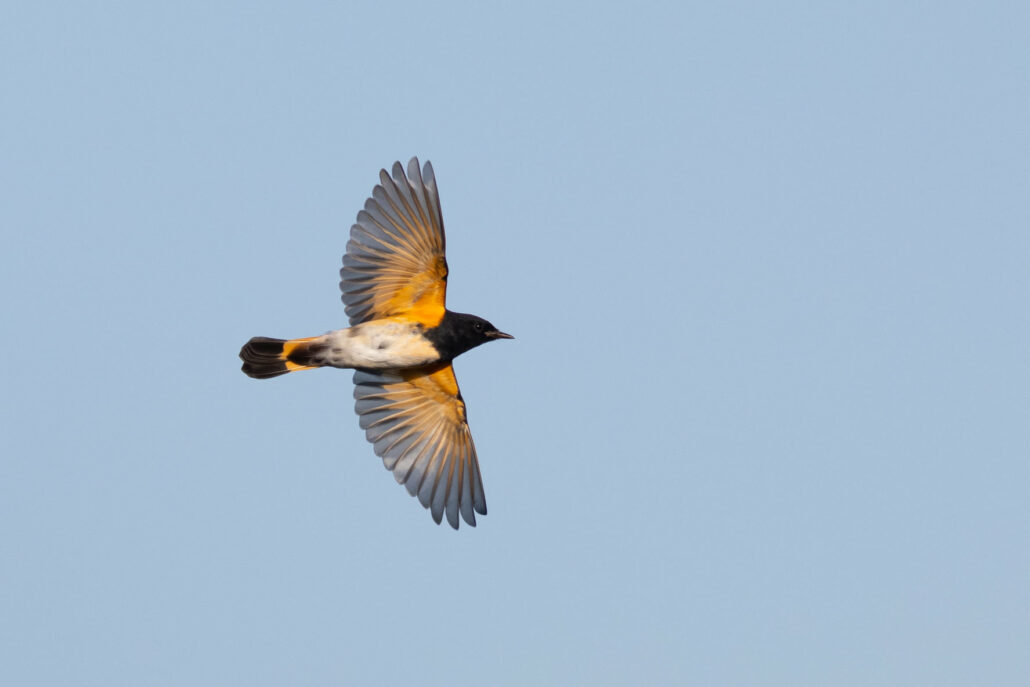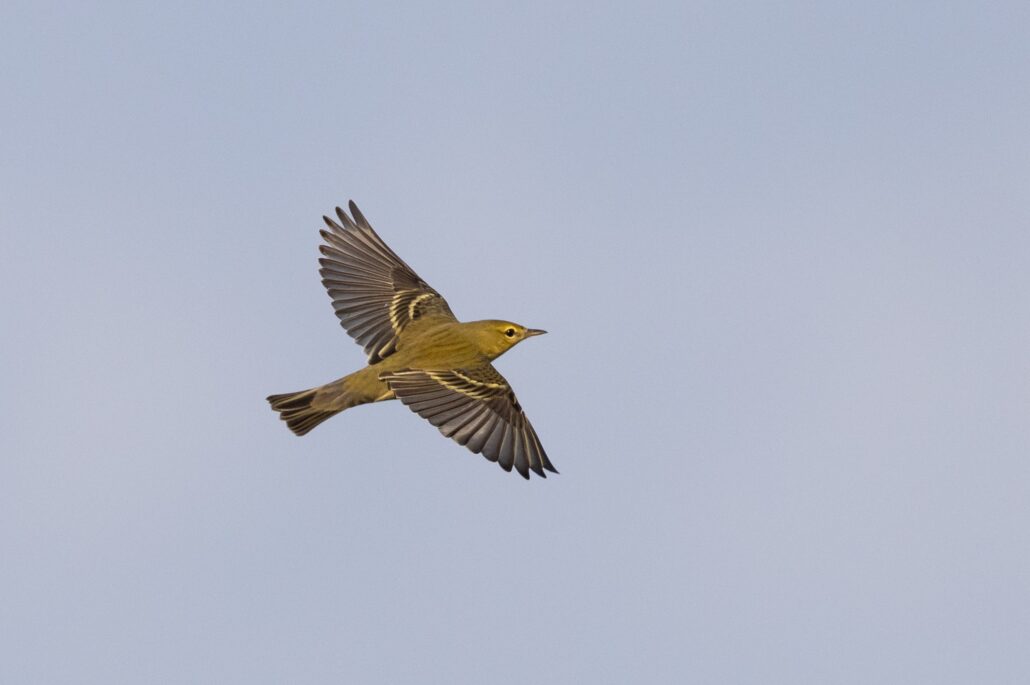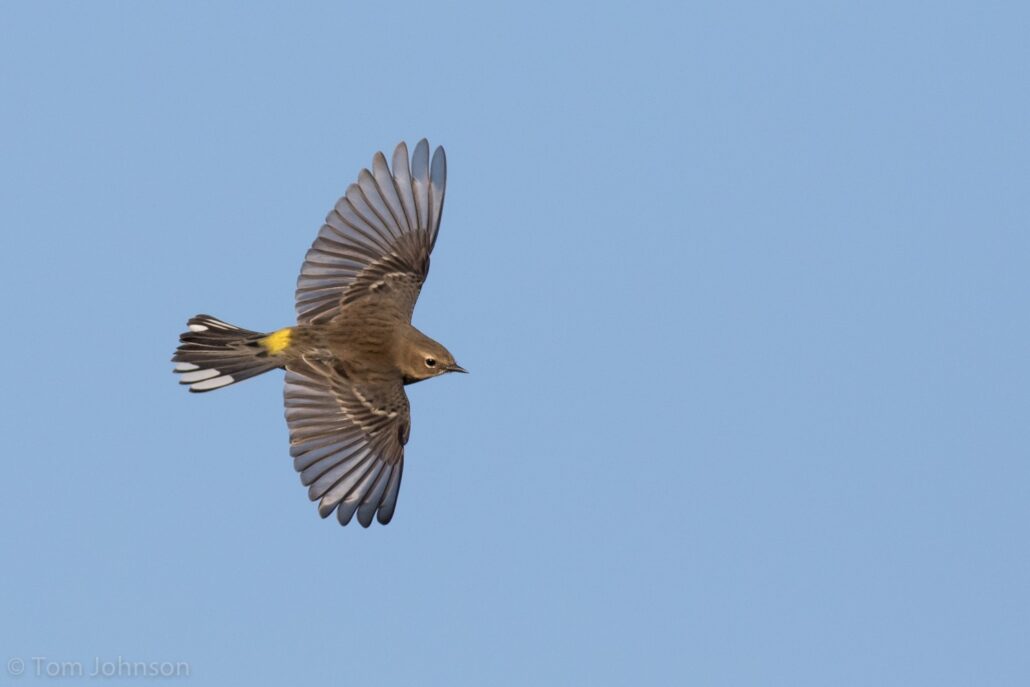It seems that every time you turn around there are new advances in information technology that revolutionize the ways we share knowledge in our increasingly connected world. The same, however, can’t be said for the bird world. Not since eBird, has a tool like National Audubon Society’s Bird Migration Explorer come along that has the potential to reshape how we learn and share information about birds and their biology. Not to mention, one that brings home a natural spectacle that has fascinated and inspired humans for generations. Yes, you can now explore the migration of almost every bird species on the continent right on your phone, tablet or computer!
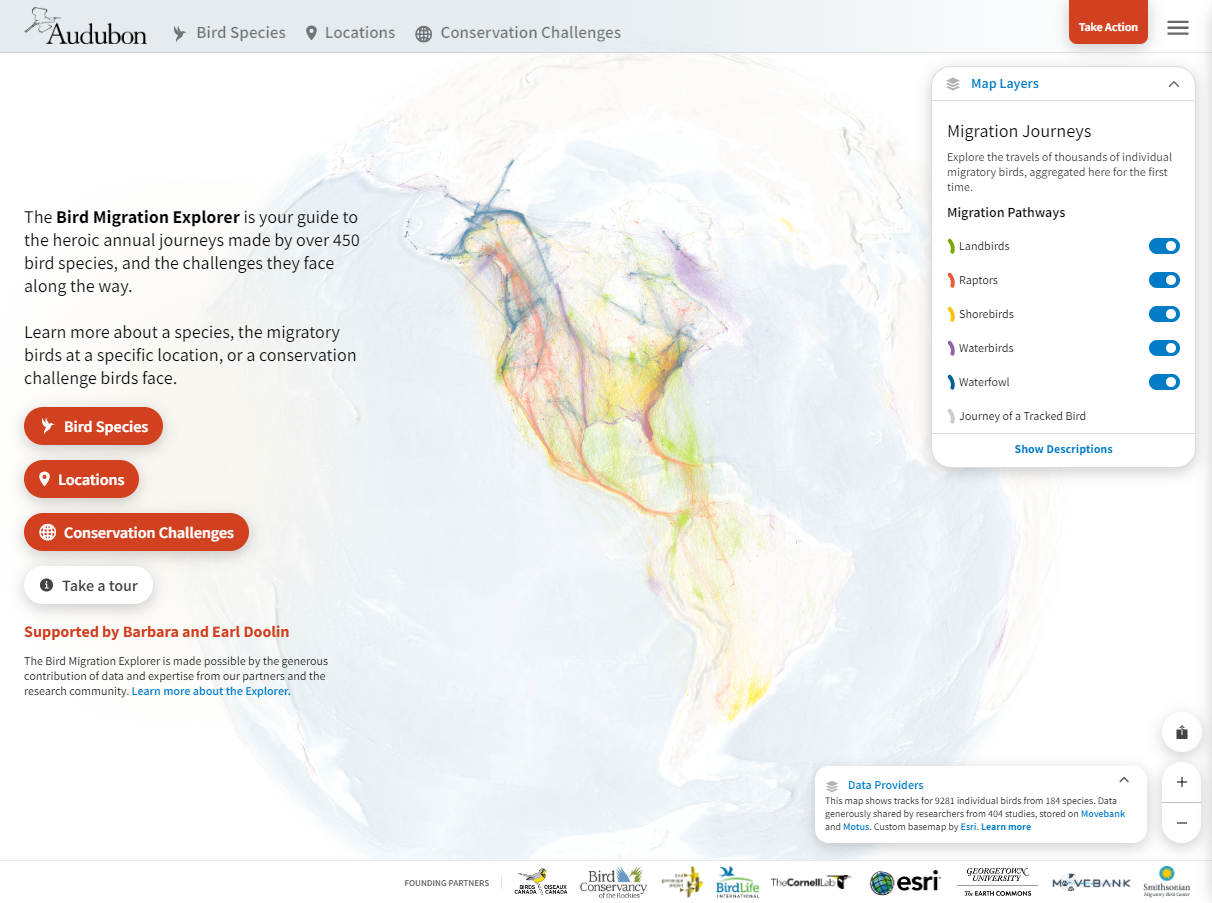
The Bird Migration Explorer takes you on a visual journey of bird migration
The Bird Migration Explorer capitalizes on big data, drawing from large and growing data sets on patterns of bird movement maintained by various conservation organizations and government agencies – including Bird Conservancy of the Rockies. The explorer brings together data from 560 studies and 283 research institutions into a single, elegant and user-friendly web interface that displays the seasonal movement and migration patterns of over 450 bird species as they traverse the hemisphere between their breeding and wintering grounds. Not only does it include dynamic location data from individual birds, but it overlays this on top of other visual displays of distribution, seasonal abundance, and population connectivity, to provide the most complete picture yet of each species’ unique migratory pathway.
Depending on the species, the migration tracks may reflect locations of individual birds tracked with GPS or geolocator technology, birds detected at Motus stations, recoveries of banded birds, birds recorded by eBirders, or even population connectivity determined through genetics. While the types and amount of available data varies by species, these datasets are growing by the day, ensuring that the Bird Migration Explorer will only get richer and more accurate over time. Given that the Bird Migration Explorer draws on big data sources in real time, it will always reflect the latest available information.
- American Redstart in flight
- Blackpoll Warbler in flight
- Yellow-rumped Warbler in flight. Photos courtesy of Tom Johnson
The website does an amazing job of attributing the various data sources of each species, even providing links to the specific studies and scientific articles behind the data shown on each map, so it’s easy to understand what data you are seeing and where it comes from. In addition to the movement and connectivity data, viewers can also choose to overlay spatial data on specific conservation challenges each species may face during their migration, from potential pesticide exposure associated with cropland agriculture to collisions with buildings and wind turbines. It also includes key information on each bird’s conservation status, including their vulnerability to projected climate change, their status on the IUCN Red List of Threatened Species, and even their global population estimate – information that comes directly from the Partners in Flight Avian Conservation Assessment Database maintained by Bird Conservancy of the Rockies. By merging information on conservation status, migratory behavior, and conservation challenges across the hemisphere, the Bird Migration Explorer could become a powerful tool for identifying critical areas during migration and potential impacts to species both regionally and globally.
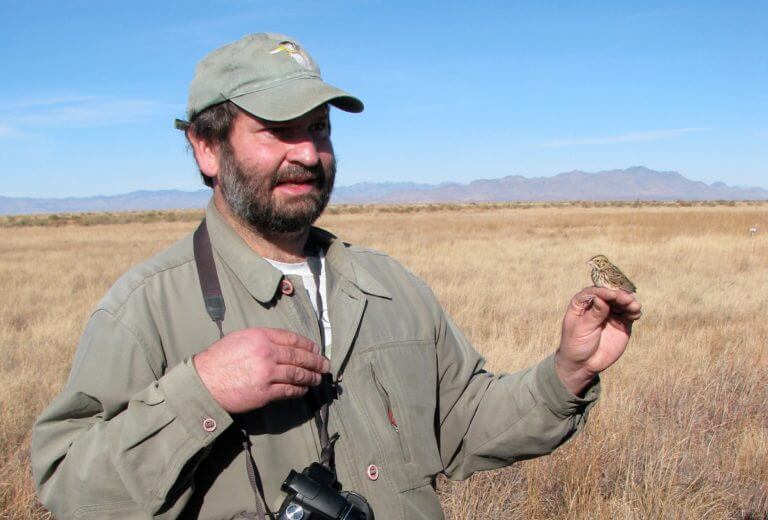
Author, Arvind Panjabi, Bird Conservancy of the Rockies. Photo courtesy of Sonoran Joint Venture
I was fortunate to be invited to play a role in the development of the Bird Migration Explorer as part of the external Advisory Committee that Audubon convened. As a member of this committee, I had the opportunity to contribute to the goals and functionality of the migration visualization platform. Specifically, I was able to review earlier versions of it to help refine how the data were displayed and what additional information was included, in addition to the overall functionality of the website. In the end, it was Audubon’s team of computer whizzes and slick graphic designers that made the complex task of stitching together these disparate data sources and bringing them to life look so seamless and easy. Indeed, the Bird Migration Explorer is a pleasure to peruse and a breeze to operate.
You can watch the migration of your favorite species, and learn more about this amazing new tool for bird conservation, including Bird Conservancy’s role in the project, here.
Arvind Panjabi is a Senior Research Scientist for Bird Conservancy of the Rockies.


